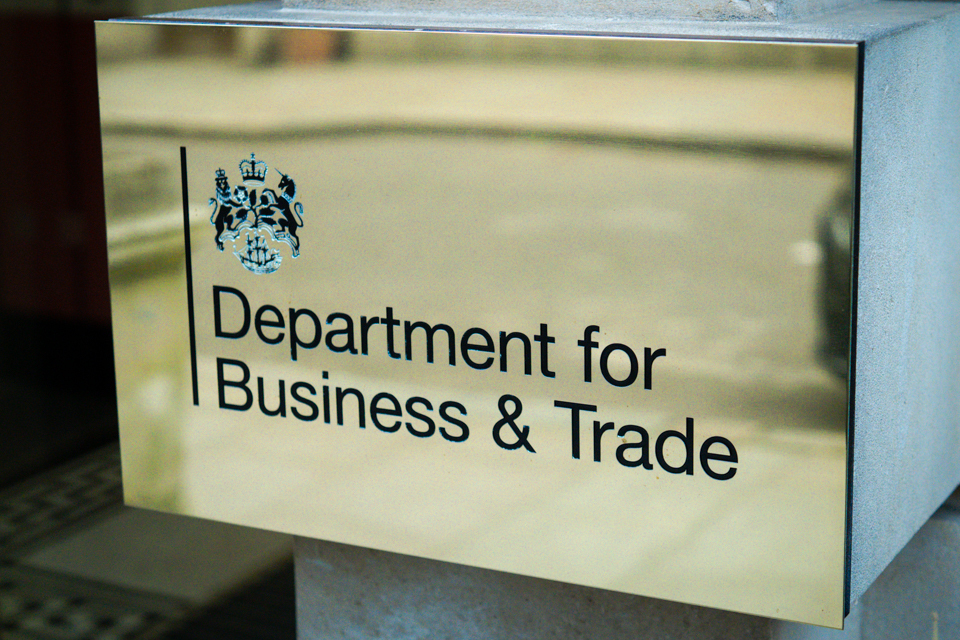UK’s employment data points to a mixed labour market – London Business News | Londonlovesbusiness.com

This morning’s UK employment data pointed to a mixed labour market picture in July, with unemployment declining further, even as earnings pressures continued to cool
Unemployment dipped further, to 4.1% in the three months to July, to its lowest level since January, though the headline joblessness figure was always set to be capped to some degree, due to its calculation method, after June saw the largest MoM fall in unemployment in more than a decade.
Of course, with the ONS continuing to grapple with numerous data quality issues, the data should be taken with a pinch of salt.
Meanwhile, average earnings growth cooled further, and more than market expectations, with regular pay rising by 5.1% YoY, the slowest rate of growth since June 2022, and overall pay (including bonuses) rising by 4.0% YoY, the slowest rate since November 2020.
Of course, it should be remembered that these figures do not fully account for the impacts of the recent round of above-inflation public sector pay rises, and both rates represent earnings growth that is still hotter than BoE policymakers are likely to be comfortable with.
On the whole, this morning’s figures are highly unlikely to materially alter the BoE policy outlook, with policymakers having tended not to place too significant a weight on employment figures this cycle. Furthermore, at the August meeting, four MPC members remained in favour of holding Bank Rate steady, while even those who were in favour of the 25bp cut that was delivered flagged continued concern over the potential of price pressures remaining persistent, setting a relatively high bar to a further removal of policy restriction.
A September Bank Rate cut remains off the cards, with quarterly 25bp cuts remaining my base case, with said cuts likely delivered in conjunction with the Bank’s updated economic forecasts, hence leaving the November meeting on the table for the next, and likely final, cut this year.
Such an outlook, of course, is somewhat more hawkish than that foreseen from the ECB, and from the FOMC, where a 50bp September cut remains a possibility. Consequently, this divergence could help to underpin the GBP over the medium-term, against both the EUR and the USD, though the likely significant fiscal tightening to be delivered in the October Budget remains a key risk for participants to navigate, and could result in the Treasury ‘shooting themselves in the foot’, and slamming the brakes on the economy’s current solid momentum.
Related
Why investing in women is a vital next step for…
Get Nadine White's Race Report newsletter for a fresh perspective on the week's newsGet our free newsletter from The Independent's Race CorrespondentGet our fre
Business secretary signals major shift on electric car policy to…
In a determined effort to retain Nissan’s manufacturing presence in Britain, Business Secretary Jonathan Reynolds has vowed to implement “substantial c
Joint Statement: Business Secretary and Fujitsu Services Ltd
Business and Trade Secretary Jonathan Reynolds today (Friday 7 March) met chiefs for Fujitsu in Tokyo to begin talks over the cost of redress for victims of th
UK foreign secretary backs multilateral defence funding for Europe
UK foreign secretary David Lammy has said that a new multilateral fund will be needed to secure Europe’s defence as he confirmed that Britain is “open to”













